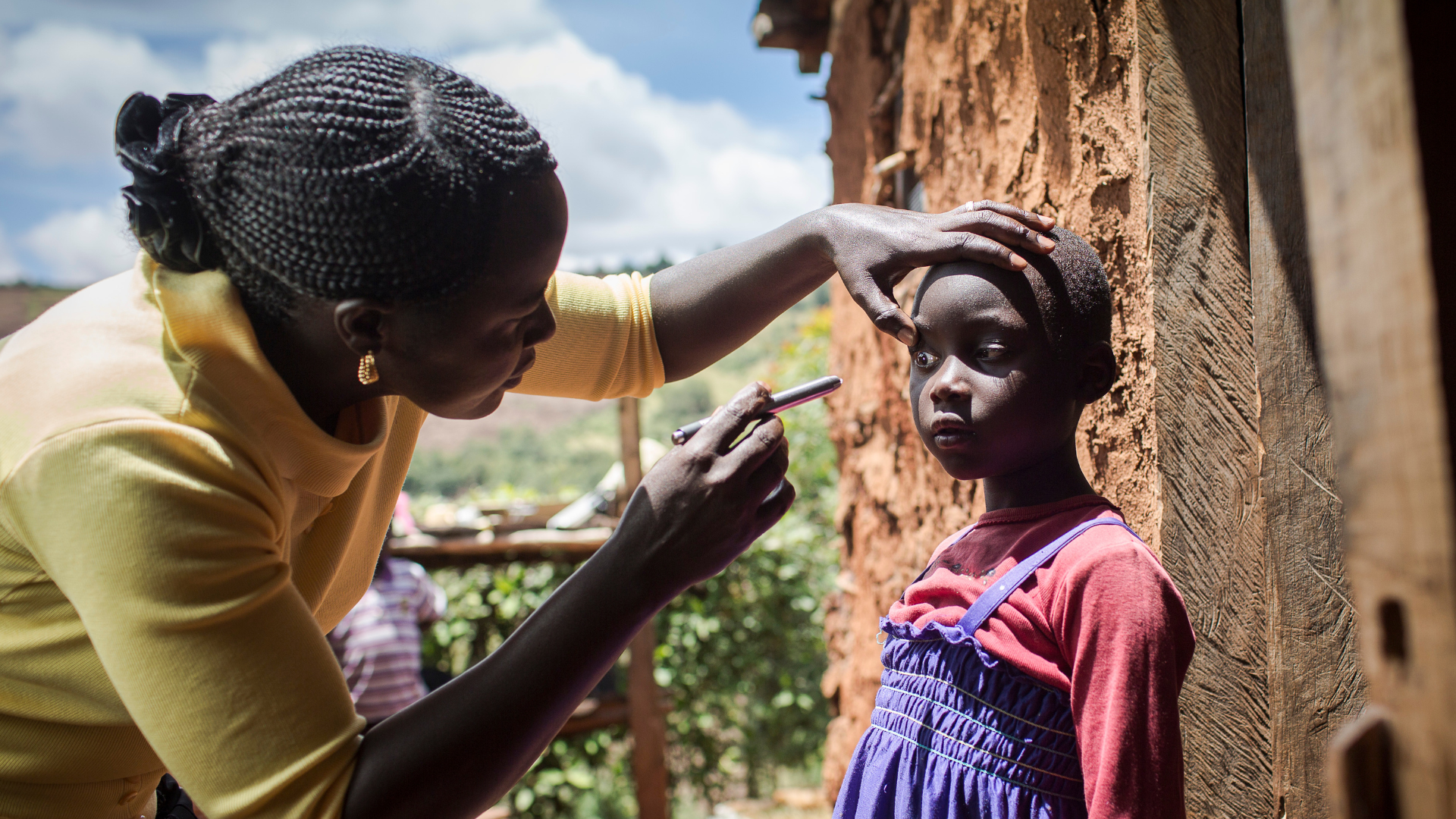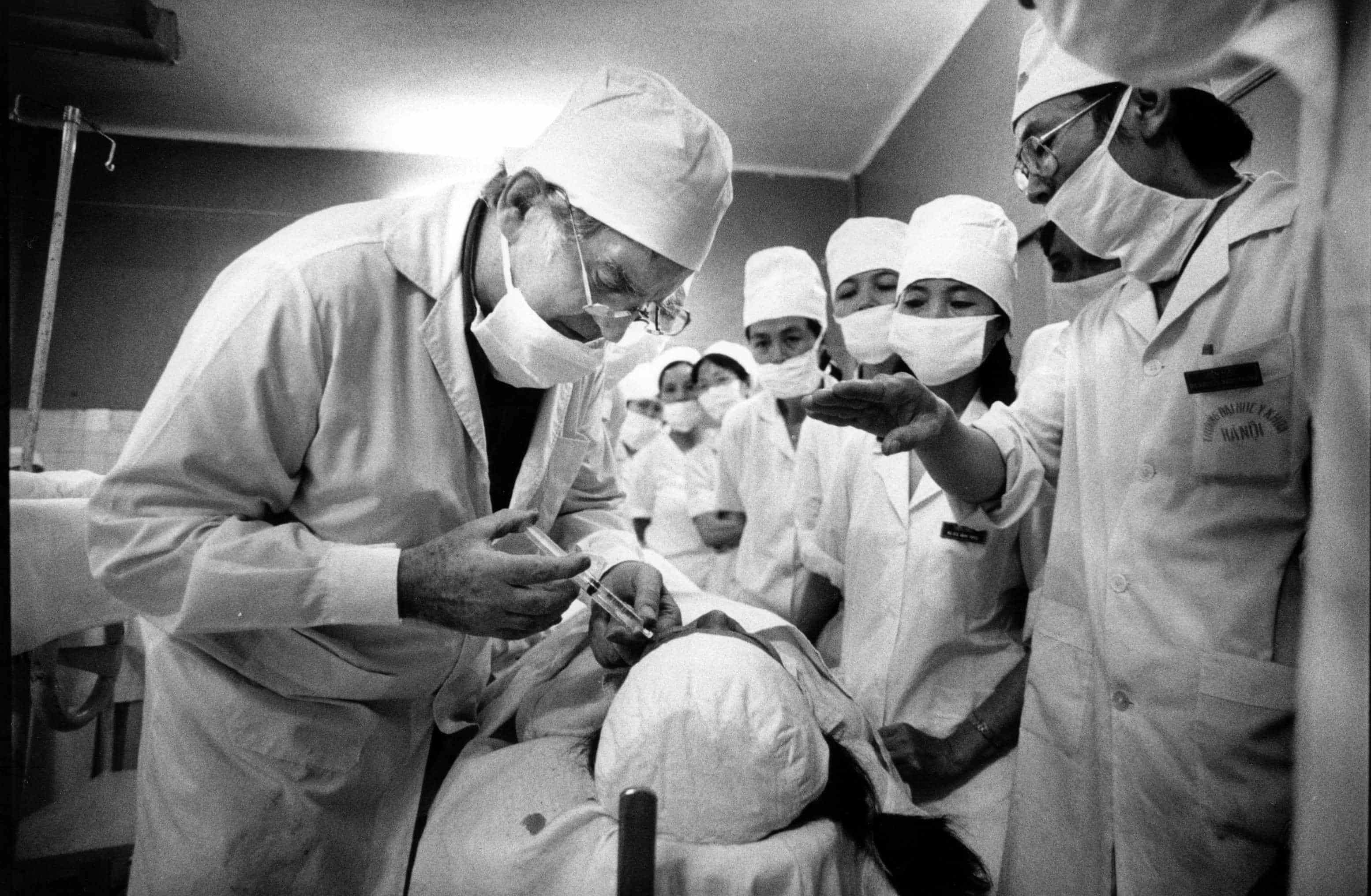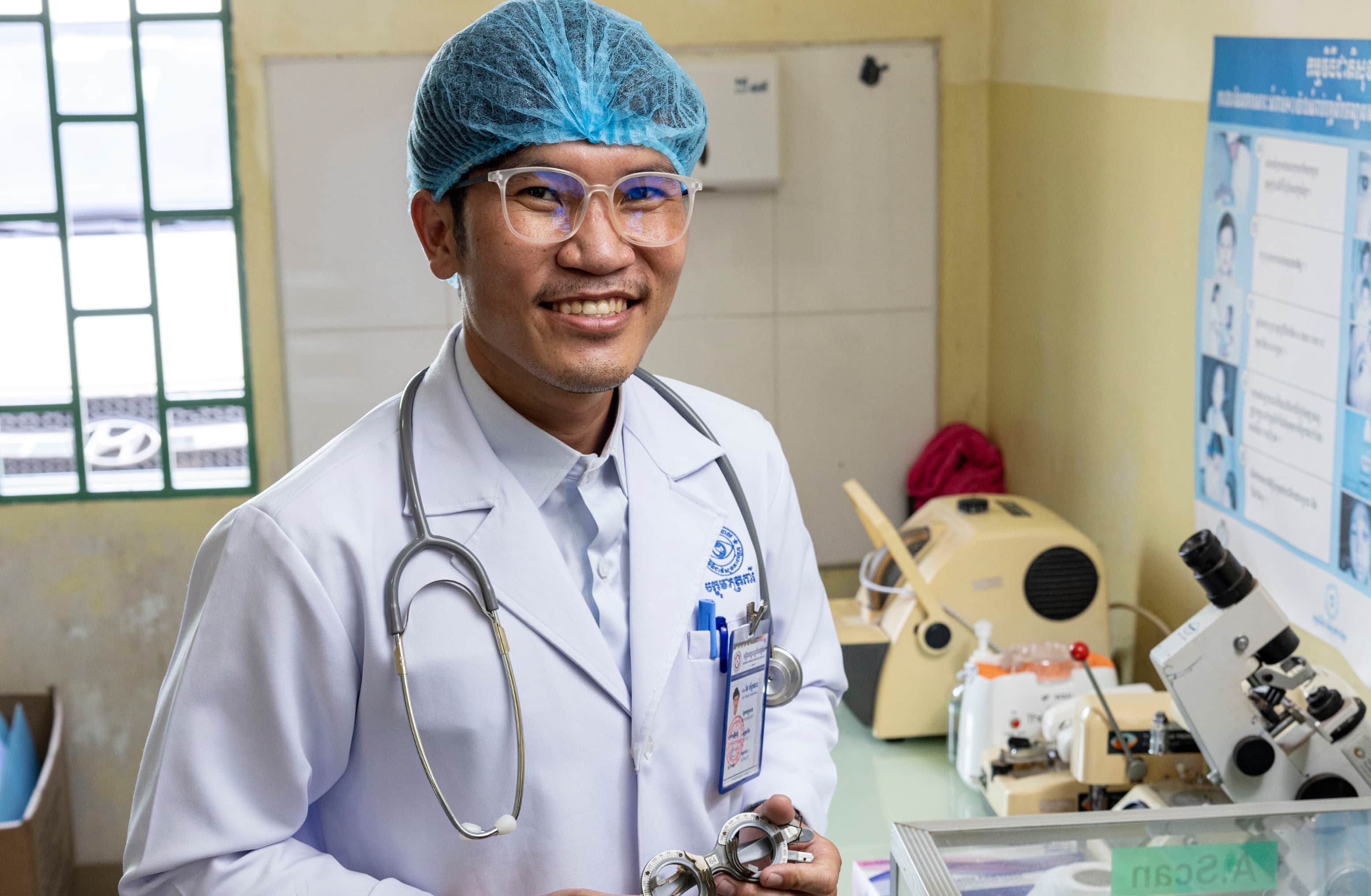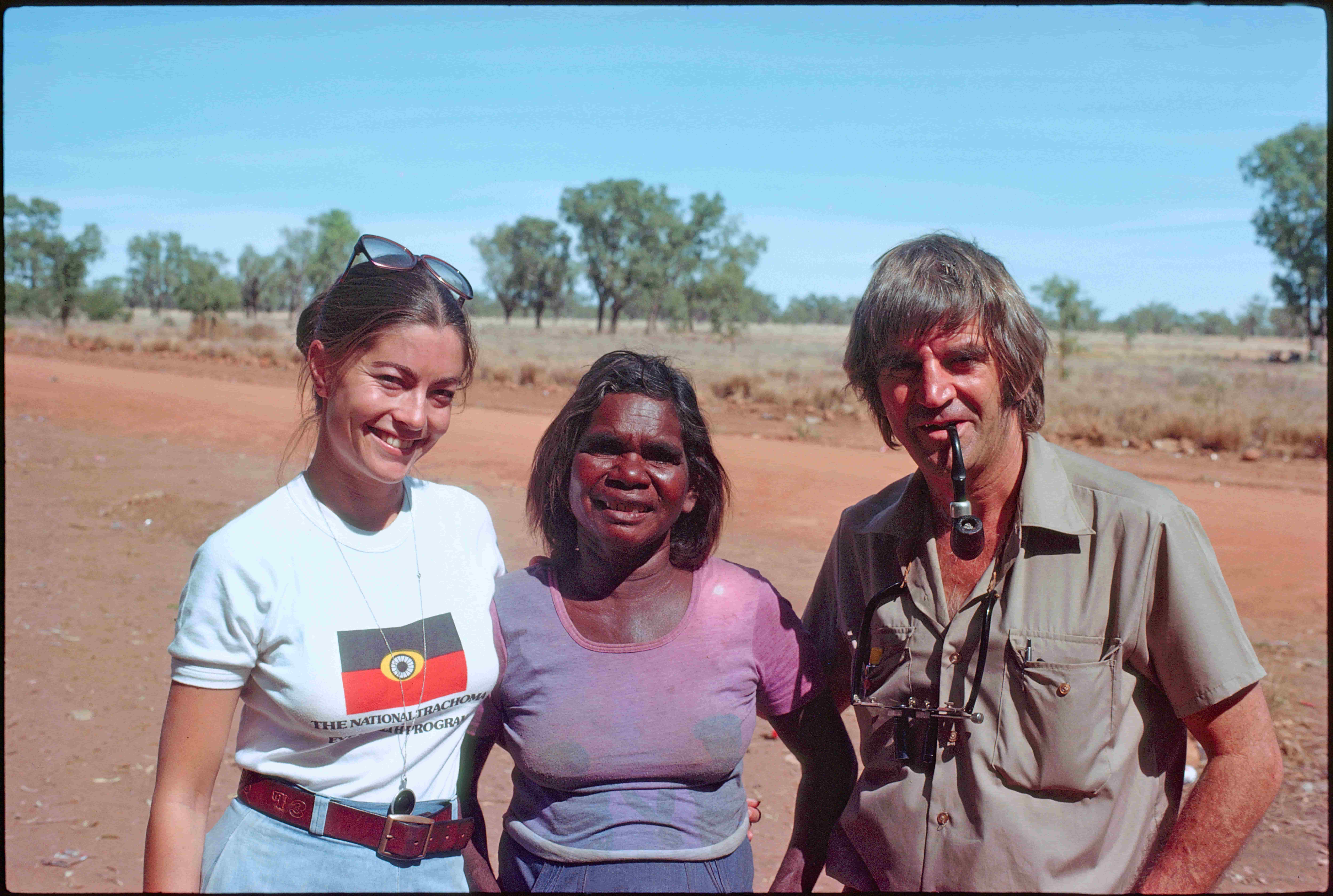Types of eye health jobs: what's the difference?

Optometry refers to the healthcare occupation, whereby a practitioner measures eyesight, prescribes corrective lenses, as well as examines the eyes to detect and manage eye diseases.
You may be wondering: who should I see when I have a problem with my eyes? Ophthalmologists, optometrists, opticians, ophthalmic or eye nurses and orthoptists are all eye health providers.
Depending on where you are and what you need, your eyes may be examined by an ophthalmologist or an optometrist or an eye nurse. In this article, we explore the roles that these different eye care providers may play in the care of your eyes.
When it comes to having your eyes examined for changes in vision (refractive errors) as well as to detect any diseases such as cataract, diabetic retinopathy, and glaucoma, you have to see an eye health specialist.
In this article, we’ll be sharing some information on all the different branches of eye care and what role each specialist plays in the care of your eyes.
In a hurry?
Click on the link below to go directly to the section you're most interested in:
- What is an ophthalmologist?
- What is an optometrist?
- What is an optician?
- What is an orthoptist?
- What is an ophthalmic nurse?
- What is a community eyecare worker?
- Can a general practitioner (GP) look after my eyes?
- Does The Fred Hollows Foundation contribute to the eye health workforce?
1. What is an ophthalmologist
An ophthalmologist is a medical doctor who has received extra training to specialise in eye health. Ophthalmologists are responsible primarily for both medical and surgical management of eye diseases.
Professor Fred Hollows was an ophthalmologist. He received his undergraduate medical training in New Zealand before completing his ophthalmology studies in the UK, where he was made a fellow of the Royal College of Surgeons in 1964. In 1965, Fred came to Australia and was appointed as an associate professor of medicine at the University of New South Wales. He was also made the chairman of ophthalmology at the Prince of Wales Hospital in Randwick, Sydney.
Ophthalmology training equips eye specialists to provide the full spectrum of eye care, including provision of medical treatment and therapy for eye diseases and complex microsurgery. Although their main role is the management of eye diseases, they can also provide prescriptions for eyeglasses in the management of refractive errors.
An ophthalmologist in Australia and New Zealand has to undertake a minimum of 12 years of training and pass specialist examinations set by the Royal Australian and New Zealand College of Ophthalmology (RANZCO).
The journey to becoming an ophthalmologist is long yet rewarding. After graduating from high school, you have to complete an undergraduate degree, which most often takes three to four years to complete. While some universities require students to complete a science or health related undergraduate course, others accept any undergraduate qualification.
Next, you have to enter a Doctor of Medicine program and study for another four years. After successfully completing your postgraduate studies, you have to complete an internship that will last another year. After completing your 47 weeks, you will need to apply to be registered with the Medical Board of Australia.
As of 2023, there are around 1,000 ophthalmologists in Australia, with Doctor Kris Rallah-Baker being Australia’s first Aboriginal ophthalmologist.

Photo credit: Michael Amendolia
2. What is an optometrist?
Optometrists are the primary healthcare practitioners of the eye and visual system. They are trained to provide comprehensive eye and vision examinations, and in many countries act as the gatekeeper to eye care just like general practitioners do for overall health care. Optometrists are often the first healthcare professionals that patients visit, and who manage or refer their patients on to other eye specialists where relevant.
Historically, an optometrist’s role was around the management of refractive errors with prescription of eyeglasses or contact lenses, diagnosis and non-therapeutic management of eye diseases. They now also provide treatment for functional disorders of the eyes, such as amblyopia (lazy eye), and rehabilitation of people with low vision.
With therapeutic training, the optometrist’s role has expanded to the management of eye diseases using eye medications in some countries. They are also involved in the surveillance of eye complications with diseases like diabetes and high blood pressure. They are often part of the health care team, communicating with doctors, and referring on to ophthalmologists for specialised care that they are not able to provide.
You then have to complete a minimum of two years of pre-vocational training, (this can include your intern year). This training must include 18 months of practice in areas of health that are non-ophthalmic. They must be varied, including medical, clinical and surgical settings. Only then will you qualify to take part in an ophthalmology training program.
Once you’ve completed your pre-vocational training, you must apply to pursue additional training through RANZCO.
 Chhai Channdara is an optometrist in Kampong Chhnang province, Cambodia. He not only tests vision and prescribes glasses, but also educates communities about eye health and helps dispel myths about surgery.
Chhai Channdara is an optometrist in Kampong Chhnang province, Cambodia. He not only tests vision and prescribes glasses, but also educates communities about eye health and helps dispel myths about surgery.
Photo credit: Michael Amendolia
What an optometrist can do varies depending on the country. For instance, in countries like Australia, USA, Canada and New Zealand, optometrists are able to practice full scope optometry which includes using medications to manage eye diseases. In other countries, they may only be allowed to diagnose and refer eye diseases, and prescribe eyeglasses or contact lenses.
Generally, optometrists are autonomous and regulated, meaning that they can practice independently and be licensed and registered to do so.
Depending on the scope of practice and context, an optometrist has to study from a minimum of three years (Diploma or Bachelor in Optometry) to seven years (Doctor of Optometry).
You can also find more information on optometrists from the World Council of Optometry.
3. What is an optician?
An optician usually refers to someone who makes the actual eyeglasses, working to fill the prescription your optometrist or ophthalmologists has issued. They can help people select a suitable frame, fit lenses into the frame, and adjust the final pair of eyeglasses to a person’s face to ensure that they are comfortable and fit well.
In Australia if you want to become an optician, you’ll have to complete a certificate and traineeship, which takes between a year and year-and-a-half to complete.
4. What is an orthopist?
Gabi Hollows, the Founding Director of The Fred Hollows Foundation, met Fred in the 1970s while training to be an orthoptist. They went on to work together a few years later on the National Trachoma and Eye Health Program. They visited over 465 Indigenous communities in the Australian outback together with Aboriginal community leaders, and a team of eye health specialists.

Orthoptist Gabi Hollows, Penny Luck and Fred Hollows during the National Trachoma and Eye Health Program at Christmas Creek in 1977.
Photo credit: David Broadbent
Over a course of two years, the team screened over 100,000 patients, providing surgery, administering treatment, and delivering individually-prescribed glasses as needed.
Orthoptists work closely with ophthalmologists, often in clinics or in a hospital setting. They provide clinical support as experts in the technical side of imaging, and they also perform pre-testing for ophthalmologists.
In order to become an orthoptist in Australia, you have to complete a Bachelor in Orthoptics degree, which takes four years to complete.
5. What is an ophthalmic nurse?
Ophthalmic nurses play an important role, working closely with ophthalmologists to care for patients.
If you want to become an ophthalmic nurse, you have to complete a Bachelor of Nursing degree or equivalent, which takes three years. Once you’ve qualified as a registered nurse (RN), you can complete additional training by specialising in eye health, which can take upto 12 months to finish at the College of Nursing or at selected universities. The Australian Ophthalmic Nurses’ Association (AONA) delivers professional development for ophthalmic nurses.
6. What is a community eyecare worker?
Community health workers are great for connecting with local people and educating them on basic eye care, for instance the importance of washing your hands.
Community health care workers play an important role in Aboriginal and Torres Strait Islander communities, and are pivotal if we are to close the gap in eye health.
They are also important in marginalised communities all around the world. Not only do they help bridge cultural and language gaps, they also make people living in remote communities aware of upcoming clinics and eye health services that they may not know about.
Community eye care workers are usually linked to other eye care and health practitioners, and will refer members of the community for services as required.
Discover how local health workers are breaking down barriers to eye care in the Philippines. Watch their inspiring story.
7. Can a general practioner (GP) look after my eyes?
It can take between seven to nine years to train as a general practitioner. Read more about becoming a general practitioner on the My Health Career website.
8. Does The Fred Hollows Foundation contribute to the eye health workforce?
As highlighted in our latest annual report, in 2024 alone, The Foundation helped train 66,852 health workers, including surgeons, primary care clinicains and teachers.
- Fred Hollows
Australia’s own Dr Kris Rallah-Baker, Kenya’s Dr Ciku Mathenge, Lao PDR’s Dr Phetsamone Indara, and the barefoot surgeon himself, Dr Sanduk Ruit from Nepal, are all testament to The Foundation’s commitment to ending avoidable blindness through the training of local eye health professionals in communities where they are needed the most.
DISCLAIMER:
The content on this page is not intended to be medical advice. For specific medical advice, please contact your health professional.
Meet the author
Related articles

5 FAQs about eye health you may not know the answer to

How to look after your eyes after cataract surgey



